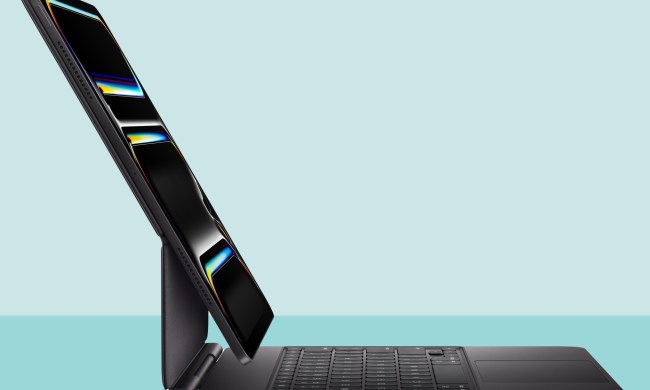Emojis are so yesterday, and even stickers are slowly going out of fashion. We need a new, more personal ways to express ourselves. Thankfully, Google has responded to our needs, and Gboard is getting the ability to turn your face into a sticker with Minis on Gboard for iOS and Android.
From today, August 27, Gboard users on iOS and Android will be able to turn their selfies into Minis stickers, with assistance from Google’s A.I. and deep learning. Using a combination of machine learning, neural networks, and artist illustrations, users will have access to over a quadrillion different combinations of hairstyle, face shape, eye color, and more — an almost limitless number of ways to create your perfect digital selfie.

Minis for Gboard is an evolution of the selfie stickers feature originally launched for Google’s Allo chat app in May 2017. The process of creating a Mini will be as easy as it was on Allo — simply snap a selfie, and the process will go to work assigning skin tone, face shape, facial hair and more to suit your unique look. Once the process is complete, users can take a moment to customize the app’s creation, or simply accept the A.I.’s work and get sending.
Minis adds a few more options to the flair of the original Allo selfie stickers. Google believes everyone has more than one side to them, so users will be able to choose between two styles of Mini — Bold and Sweet — to use interchangeably, depending on mood or recipient. Google is also adding around a hundred new stickers on top of Allo’s already impressive collection of expressive stickers. So you don’t just have to send the pizza-face sticker — you’ll likely have even more food-based options to express your hunger.

Users can get snapping and sending their Minis by downloading the latest version of Gboard for iOS or Android, or by downloading Google’s Allo chat app for iOS or Android. If you want to learn more about how Minis were originally put together through a combination of machine learning and artistic illustrations, then check out Google’s original blog post about Allo’s selfie stickers.

